Shared concern about China’s rise has driven the U.S.-India partnership over the past two decades. However, the experience in the 1950s and 1960s should offer a lesson to those who believe a mistrust of China is sufficient to keep the two democracies aligned, Tanvi Madan argues. This piece originally appeared in the Financial Times on February 24.
It is quite possible that the “C” word will not be mentioned publicly during Donald Trump’s visit to India this week. A recent report indicated that the U.S. president had no idea that China and India share a 2,500-mile border. Arguably, though, President Trump’s trip would not be taking place without shared concerns about China’s rise, which have driven the U.S.-India partnership over the past two decades.
The results of these shared anxieties about Beijing’s intentions and actions have been evident in recent years. The Trump administration and Narendra Modi’s government have started an annual foreign and defense ministers’ dialogue, upgraded their trilateral relations with Japan and revived a quadrilateral dialogue that includes Australia and gets under Beijing’s skin.
India has signed agreements with the U.S. to enhance military co-operation and intelligence sharing and to make better use of its American military equipment. Both countries have upgraded and expanded their military exercises, which now include the not-so-subtly named “Tiger Triumph.” Their navies can be even found sailing with the Filipinos and Japanese through the South China Sea.
This blossoming U.S.-India partnership is similar to one that existed in the 1950s and 1960s, when both countries saw China as a threat. That convergence led to significant American economic aid to India, military assistance and, after the 1962 Sino-Indian war, an air defence agreement and intelligence sharing. Even strange initiatives like a joint intelligence expedition to place a nuclear-powered monitoring device in the Himalayas for surveillance of the Chinese nuclear program materialized.
But the lessons of the 1960s, when differences in approach and disillusionment began to set in, should offer pause to those who believe a broad concern about or mistrust of China is sufficient to keep the two democracies aligned. For the U.S.-India experience suggests that a sustained partnership requires them to agree about the nature and the urgency of the China challenge, and how to respond to it as well.
Today, the two countries concur that China poses a geopolitical challenge — a greater one than in the past given its global power and aspirations. The U.S. and India also agree that their partnership is a critical part of the required response. But they do have disagreements on the details of the China question.
New Delhi, for instance, does not share the Trump administration’s worries about China’s ideological challenge to the western-led world order. Nor does it approve of America’s unilateral tariff war that has hurt India too. Moreover, the two countries disagree on whether Russia should be part of their solution or part of the problem. Finally, the two countries continue to have questions about each other’s willingness and ability to play an effective balancing role in the region.
New Delhi wonders about Trump’s commitment to Asia, American discussions about retrenchment and the U.S. expending resources in the Middle East at the expense of the Indo-Pacific. Washington, in turn, asks if the Modi government is doing enough to build defence capabilities or maintain the economic growth and social cohesion that India will need to play a leading role globally. Each worries the other’s perception of China’s threat will change — as President Richard Nixon’s did in 1971 — leaving them in the lurch.
These divergences will not disappear, and the two countries will have to be more tolerant of them or try to close the gaps. The Trump trip gives the two leaders a chance to discuss their differences and even move their Indo-Pacific agenda forward. But if the U.S. and India do not get their own houses in order, Beijing’s behaviour alone will not be sufficient to power their partnership.
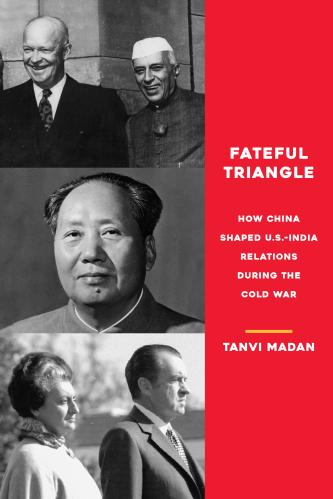
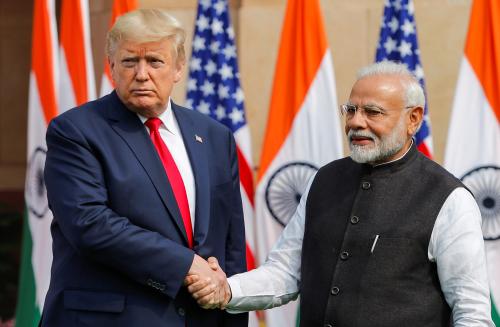
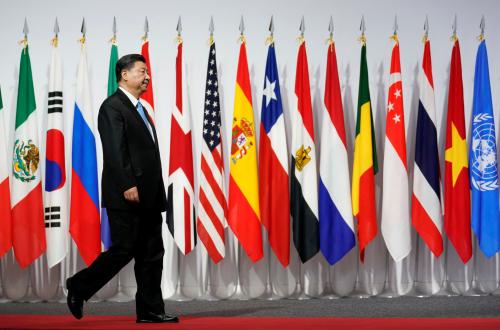
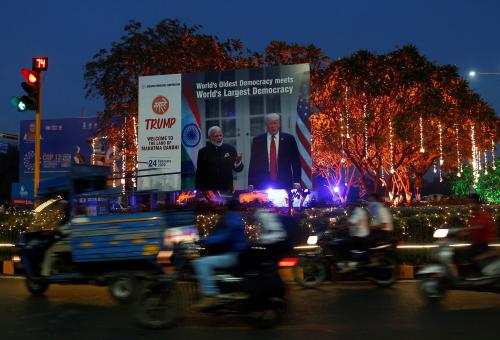

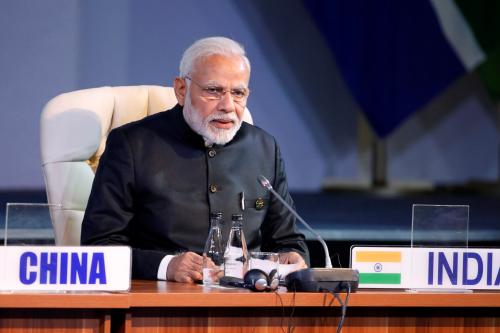
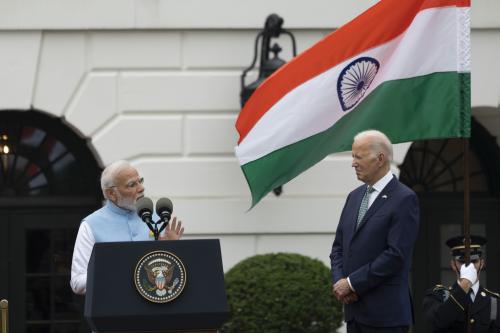

Commentary
The pitfalls and promise of a US-India partnership driven by China
February 27, 2020